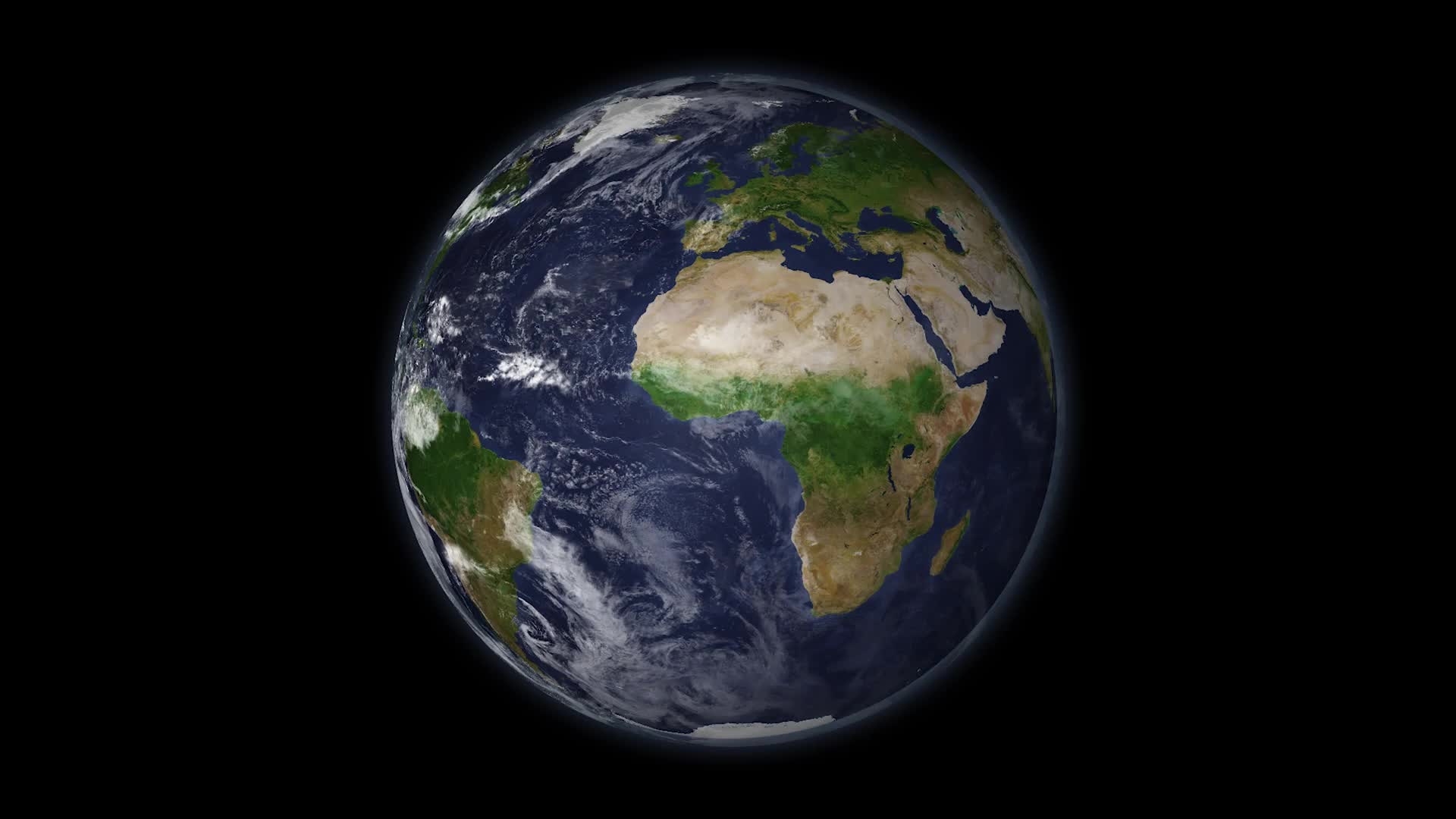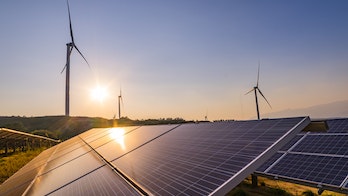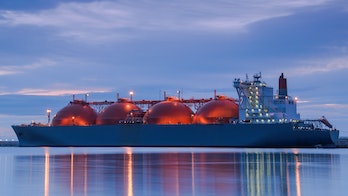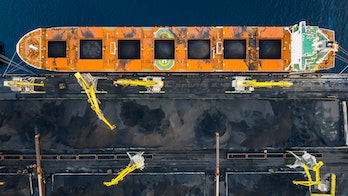World
Deep disparities define today’s energy world. The dissonance between well-supplied oil markets and growing geopolitical tensions and uncertainties. The gap between the ever-higher amounts of greenhouse gas emissions being produced and the insufficiency of stated policies to curb those emissions in line with international climate targets. The gap between the promise of energy for all and the lack of electricity access for hundreds of millions of people around the world.
Read moreIEA analysis explores these widening fractures in detail, explaining the impact of today’s decisions on tomorrow’s energy systems, and describing a pathway that enables the world to meet climate, energy access and air quality goals while maintaining a strong focus on the reliability and affordability of energy for a growing global population.
Last updated Oct 27, 2022

Key energy statistics
Total energy supply, 2018
Latest trends
Global CO2 emissions declined by 5.8% in 2020, or almost 2 Gt CO2 – the largest ever decline and almost five times greater than the 2009 decline that followed the global financial crisis.
However in 2021 global energy-related CO2 emissions are projected to rebound and grow by 4.8% as demand for coal, oil and gas rebounds with the economy.
Learn more
Global energy-related CO2 emissions, 1990-2021
OpenGlobal outlook
The Announced Pledges Scenario (APS) sees a doubling of clean energy investment and financing over the next decade, but this acceleration is not sufficient to overcome the inertia of today’s energy system. Over the crucial period to 2030, the actions in this scenario fall well short of the emissions reductions that would be required to keep the door open to a Net Zero Emissions by 2050 (NZE) trajectory. One of the key reasons for this shortfall is that today’s climate commitments, as reflected in the APS, reveal sharp divergences between countries in the pledged speeds of their energy transitions.
All countries will need to do more to align and strengthen their 2030 goals and make this a collaborative global transition in which no one is left behind. The differences between the outcomes in the APS and the NZE are stark, highlighting the need for more ambitious commitments if the world is to reach net zero by mid-century.
Learn more
Global emissions by scenario, 2000-2050
OpenEnergy investment
In 2021, annual global energy investment is set to rise to USD 1.9 trillion, rebounding nearly 10% from 2020 and bringing the total volume of investment back towards pre-crisis levels.
The anticipated upswing in investments in 2021 is a mixture of a cyclical response to recovery and a structural shift in capital flows towards cleaner technologies. But despite an urgent need to shift to a more sustainable energy pathway, global CO2 emissions are again on the rise.







